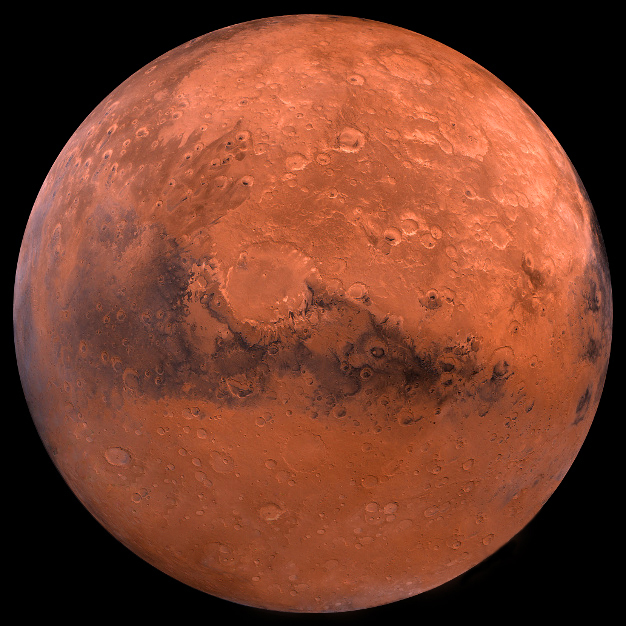
For the first time, NASA will attempt to generate a resource in space.
Inside the Perseverance rover sits a gleaming, toaster-sized appliance. It has nothing to do with the mission’s primary objective of searching for signs of ancient life on the Red Planet, and it’s still technically a prototype, but the device happens to be one of the vehicle’s most demanding components. When switched on, the gleaming gadget will consume nearly a third of Perseverance’s power, running so hot developers had to surround it with one of the best known insulating materials to keep it from damaging the 2.7-billion-dollar machine. Nevertheless, the scientists behind the prototype believe that the experience gained from field-testing it will far outweigh the project’s costs.
‘Major mars missions will all depend on it,’ says Michael Hecht, an MIT researcher and the experiment’s principal investigator. The golden box is called the Mars OXygen In-situ resource utilization Experiment, or MOXIE for short.
MOXIE aims to act like a mechanical tree. It will inhale carbon dioxide from the Martian atmosphere, which is about a hundred times less dense than Earth’s but made up almost entirely of CO2.
The mission’s main goal will be to demonstrate that the technology works on the dusty, desert planet. ‘All sorts of things can work in the lab that don’t work in the field,’ Hecht says. ‘We want to show we can operate in all conditions, no matter if the air is thin or if the air is thick, if it’s cold or if it’s warm, or if it’s dusty,’ Hecht says. The researchers also aim to learn how to best operate MOXIE, which is more complicated than just turning it on and bottling the output.
‘At some level, I find it amusing that the enemy of MOXIE is coke,’ Hecht quips. On this mission, the team will tune MOXIE by hand, evading coking and rusting by tweaking how much CO2 it takes in, the voltage it uses, and the temperature it reaches. But Hecht expects future versions will need artificial intelligence to manage it well enough to guarantee astronauts a ride home. Perseverance is the first Mars rover to devote a portion of its precious payload to direct preparation for that future crewed ride, a strategic shift that has been in the works for years.
The agency planned to use Perseverance to answer that fourth question as far back as 2013. ‘Way back at the get-go when they first were soliciting proposals, they said ‘we’re carving out a portion of this to get ready for human exploration,’ Hecht says. NASA hasn’t nailed down the details of its crewed Mars missions, which could begin in 15 to 20 years, but almost all proposals assume the ability to make oxygen there. That means the next MOXIE to leave Earth might be the real deal, and the work on the full-sized version is well underway.
OxEon Energy in Utah, one of the many institutions involved in MOXIE’s development, is already testing a next generation prototype device that can pump out more than two pounds of oxygen per hour. «You put two or three of those together and you’re done,» Hecht says. «That was enough to tell us we made it,» Hecht says, «and that’s not a trivial accomplishment when you’ve just traveled from one planet to another».
